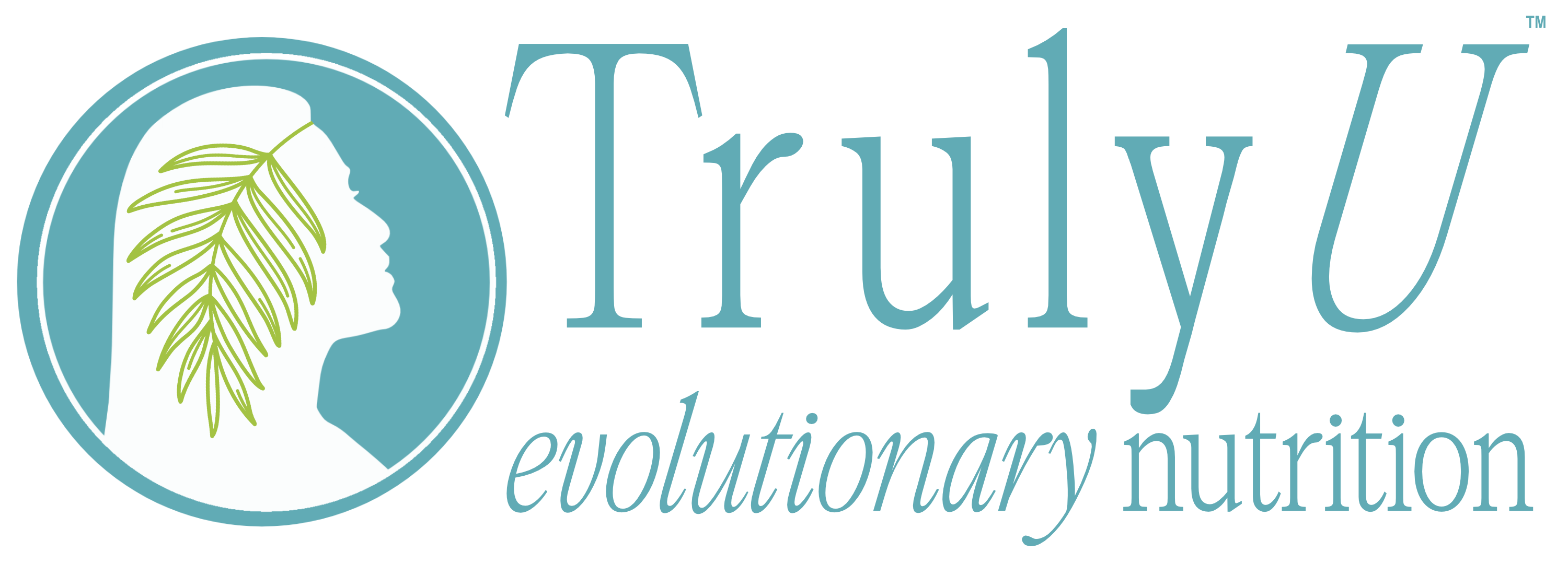[lwptoc]
BROCCOLI IS A NUTRITIONAL POWERHOUSE
If you want to eat healthy the first food you reach for is probably broccoli. And you're right to reach for this regal cruciferous since it is a nutritional powerhouse rich in antioxidants and a great source of fibre.
Broccoli is part of the cruciferous family that brings us a superstar and is rich in a phytonutrient called sulforaphane linked to preventing many types of cancer.
Broccoli is delicious and versatile as long as it's not overcooked, so stay close the stove when cooking your broccoli.
THE BITTER - THE BETTER FOR YOU
Broccoli and other cruciferous vegetables have a slightly bitter and sometimes spicy flavour, that may not be popular among children and those who are very sensitive to bitter.
The nutritional compounds that lead to those flavours are the ones that delivers most of the health benefits broccoli brings, so it's good that the bitter is still found in your broccoli since it means it has not been watered down or sweetened.
Eat broccoli once or twice every week and let it part of eating habits that support an anti-inflammatory lifestyle.
NUTRITIONAL INFORMATION FOR BROCCOLI
NUTRIENTS IN 1 CUP RAW BROCCOLI
MACRONUTRIENTS
Protein 26%
Fat 10%
Fiber (carbs) 64% | Total carbs: 3.7%
Glycemic Load: 2
MICRONUTRIENTS
Vitamins:
Rich source of Vitamin A and Vitamin C
Moderate source of Folate
Minerals:
Source of Manganese, Potassium, Phosphorous, Magnesium, Calcium and Iron
Aim to eat veggies/plant foods from all three categories in every meal and/or every day to maximize health benefits.
Click Here To Learn How To EAT MORE VEGGIES & PLANT FOODS.
Percent Daily Values (%DV): 5% or less is Low. 10-20% is Moderate. 20% + is Rich Source. See NOTE below for more information and source.
This simple and powerful way to categorize vegetables is presented by Dr. Terry Wahls in her book "The Wahls Protocol".
HOW TO SHOP FOR, PREPARE AND COOK BROCCOLI

Farm fresh Broccoli at the market.
How To Shop for: When you have the opportunity to buy farm fresh broccoli in the summer be sure you load up and eat it quickly since nutrient content is peaking the first day after harvest.
In general, eat broccoli as fresh as possible since the cancer fighting properties broccoli is famous for starts dropping as soon as twenty-four hours after harvest.
When shopping for broccoli look for dark green florets, firm stems and dark green leaves.
How To Store: Wrap in moistened paper towels and keep in your crisper and use within 3-5 days.
How To Prepare: Trim approx. one inch off the stem, until the broccoli stem is juicy. The stem is also great to eat once the tougher outer layer has been sliced off and cut into 1/4" pieces. Cut the florets resembling small trees then steam, lightly grill, add to soups and stir-fries, or eat raw with a tasty dipping sauce.
When cooking broccoli be sure not to overcook. Steam for approx. 3 min until bright green. Overcooked broccoli has a yellow/green colour and a light sulphur scent. If that happens to you cook less next time.
My favourite way to cook broccoli is really easy. Toss lightly steamed broccoli florets with olive oil, sea salt, black pepper and dulse flakes. Optional: add some chili flakes and a squirt of lemon juice.
BROCCOLI RECIPES

Broccoli is a nutritional superpower rich in the phytonutrient sulforaphane.
I hope you'll try my super easy broccoli dish above. Here are few more recipes from around the web to inspire you to cook and eat broccoli in new ways.
NOTE ON COOKING FATS - Cooking with healthy fats is a cornerstone for good health since healthy fats nourishes the brain, nervous system, skin, immune system and more.
You want to avoid inflammatory fats from seed oils such as canola, sunflower, safflower and hydrogenated and trans fats. Instead use avocado oil, coconut oil and ghee as you main cooking fats. Reserve your delicate olive oil for salads and to drizzle over cooked foods before serving.
NOTE:
Percent Daily Values (%DV): 5% or less is Low. 10-20% is Moderate. 20% + is Rich Source of the nutrient.
Percent Daily Values are for adult or children aged 4 or older, and are based on a 2000 calorie reference diet. Your daily values may be higher or lower based on your individual needs. Digestibility may reduce values.
Sources: https://fdc.nal.usda.gov and https://nutritiondata.self.com


